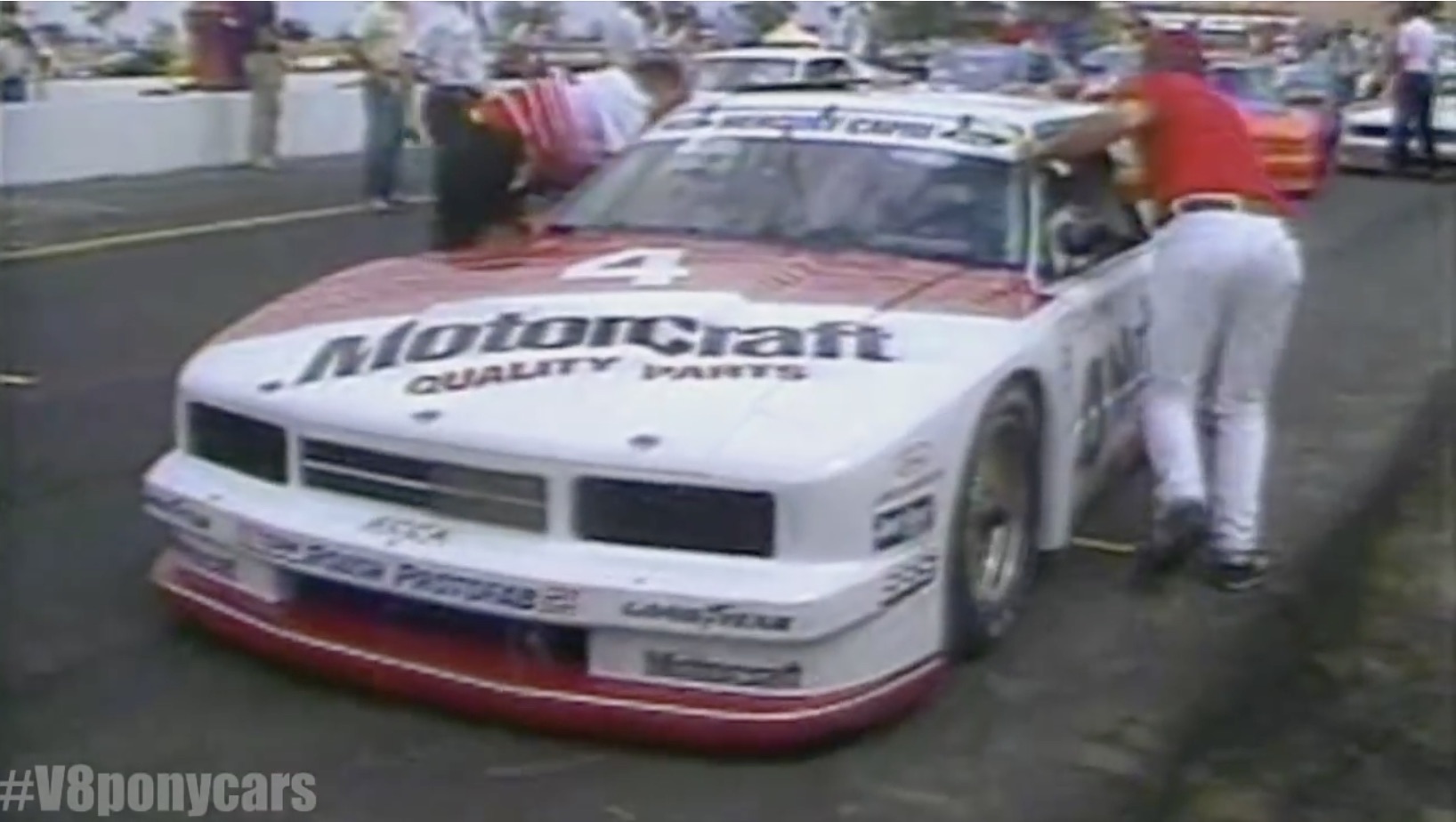It’s easy to look back on the Trans-Am racing series of the late 1960s and early 1970s and think happy thoughts. The drivers were great, the cars were perfect, the racing vicious. What wasn’t there to like? But 1980s Trans-Am racing isn’t that far behind the curve when it comes to all of those marks. Okay, the cars were now effectively a stock car set up for road course racing. They were tube-frame units with bodies draped over them, but hey, it worked for 1980s stock cars too, and just like a 1980s stocker, you could easily tell which car was which just by looking at it. The Mercury Capri looked like a Capri down to it’s bubble hatch, the IROC Camaros were just the same, as were the Pontiacs, the C4 Corvettes, and so on. Starting in 1980, the SCCA had developed a weight-to-displacement rule, which actually worked out for anyone running a 5.0L V8. At that engine size, a race car had to weigh in at 2,600 pounds and that’s where you see the floodgates open wide.
You might or might not be familiar with the driver names, but you probably could recognize the cars. Neil DeAtley ran Budweiser-sponsored Camaros. Willy T. Ribbs started out in one of those Camaros, but found his success driving a Roush Racing Mercury Capri. As the years moved on, you saw turbocharged four-cylinder Merkur XR4Tis show up and straight-up dominate. You saw Porsche 944s taking on Thunderbirds. And then there was Audi, who did for Trans-Am what they did for rally racing. They showed up with an all-wheel-drive, turbocharged five-cylinder 200 Quattro and the beating they laid out to the entire field was unholy.
It wasn’t the days of Penske and Donohue, but the 1980s did see strong racing and wild characters. Unfortunately, it also saw cubic dollars come flowing into the series as everybody had to be the winner.












